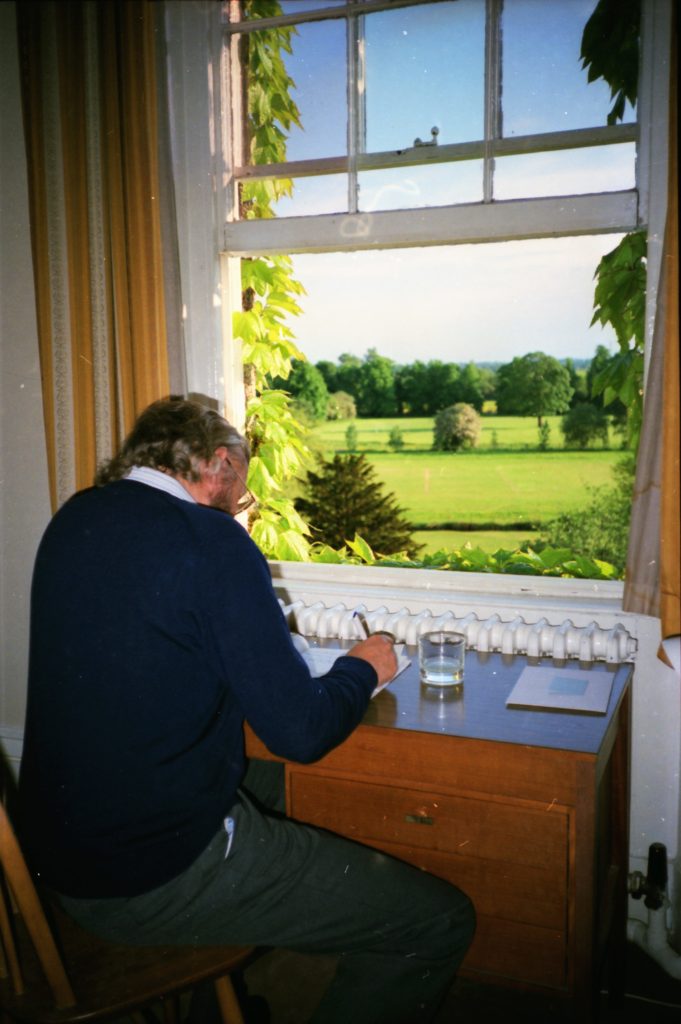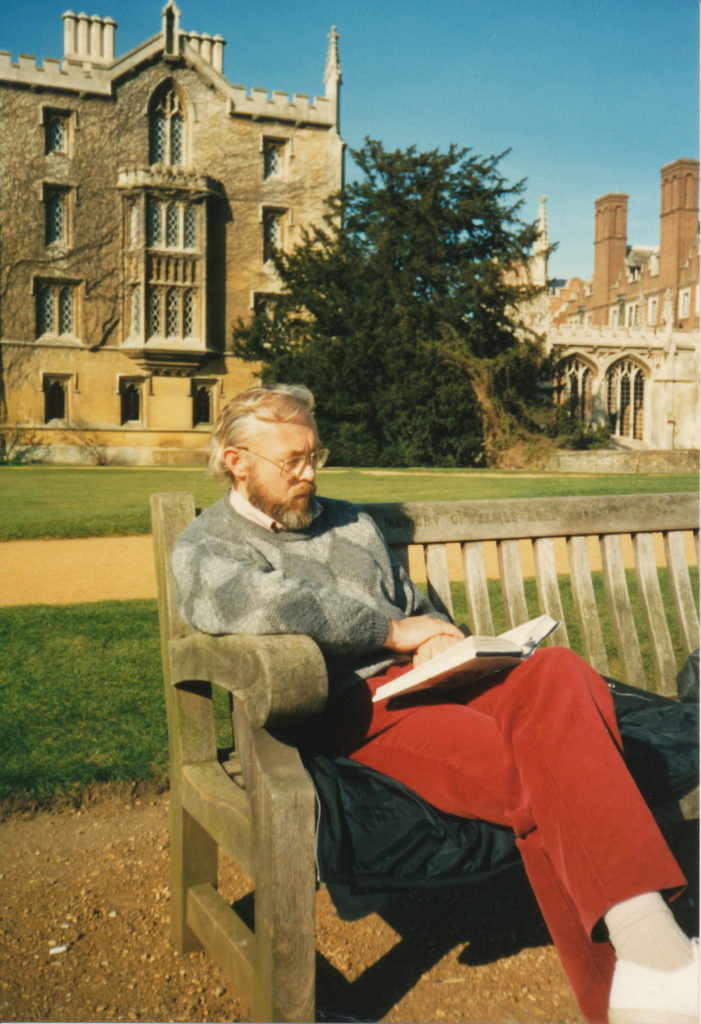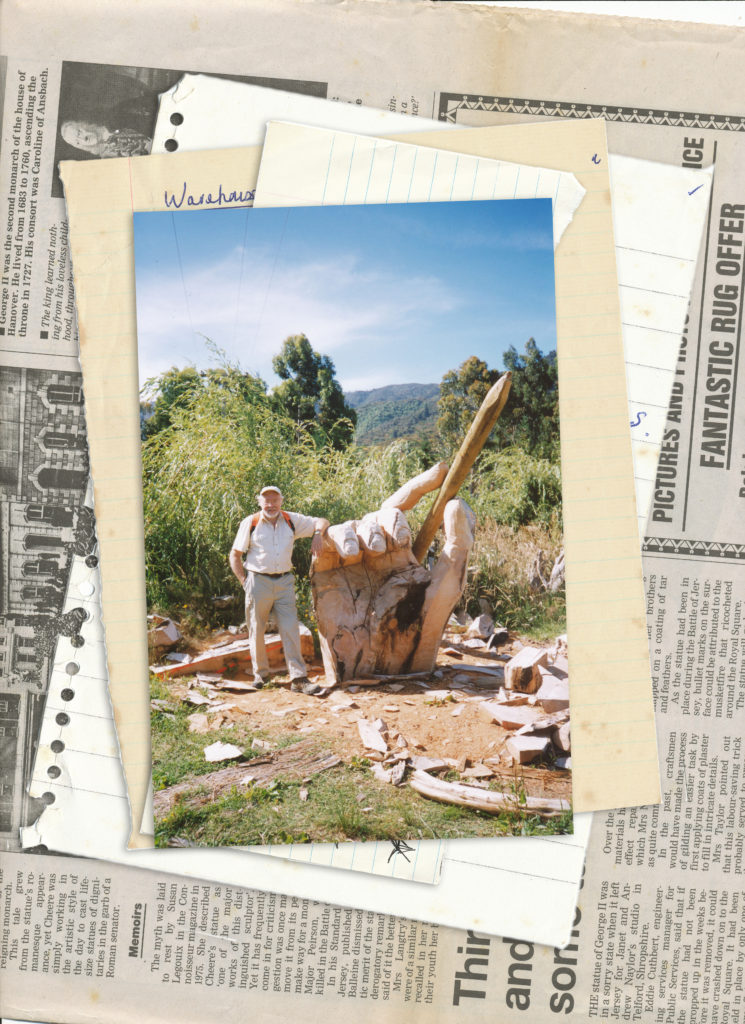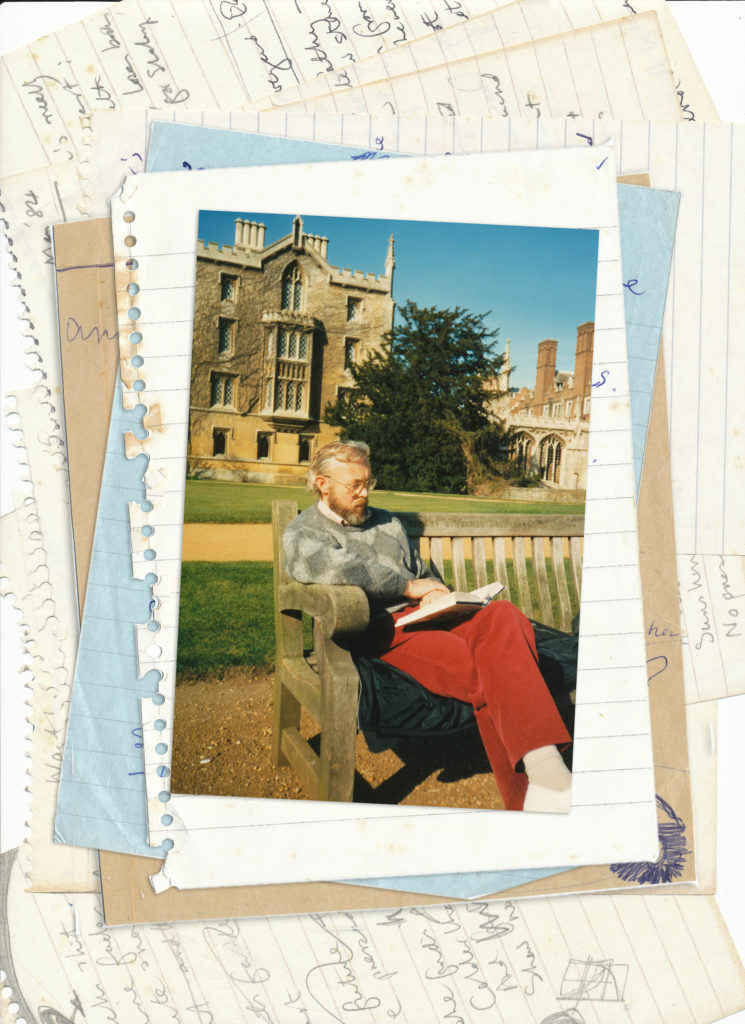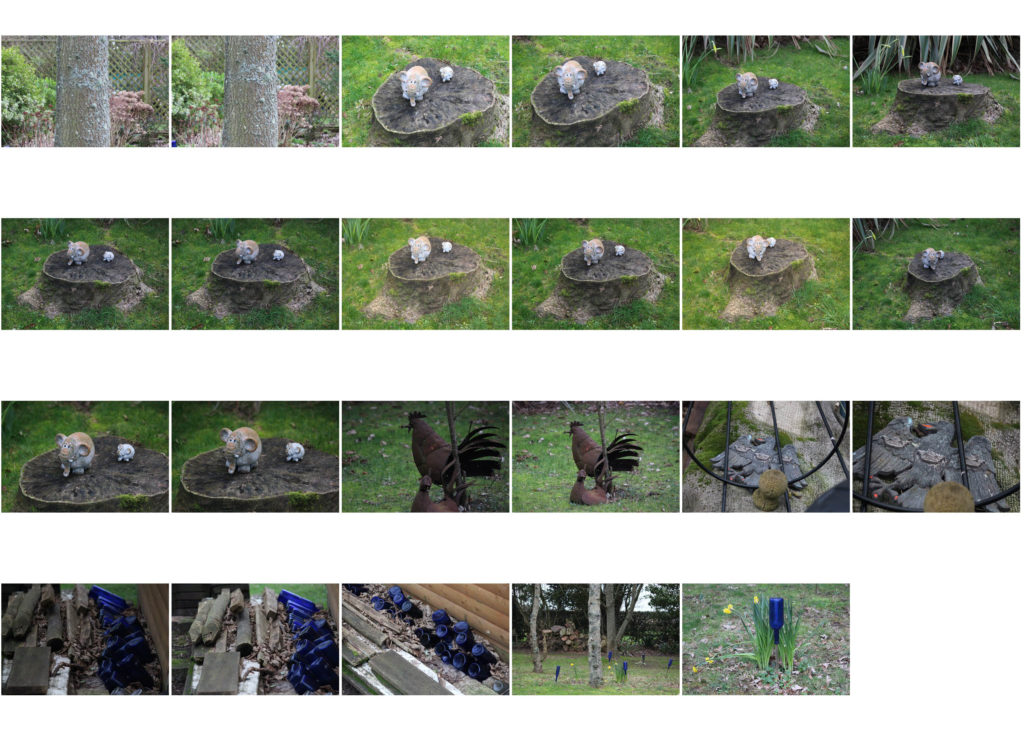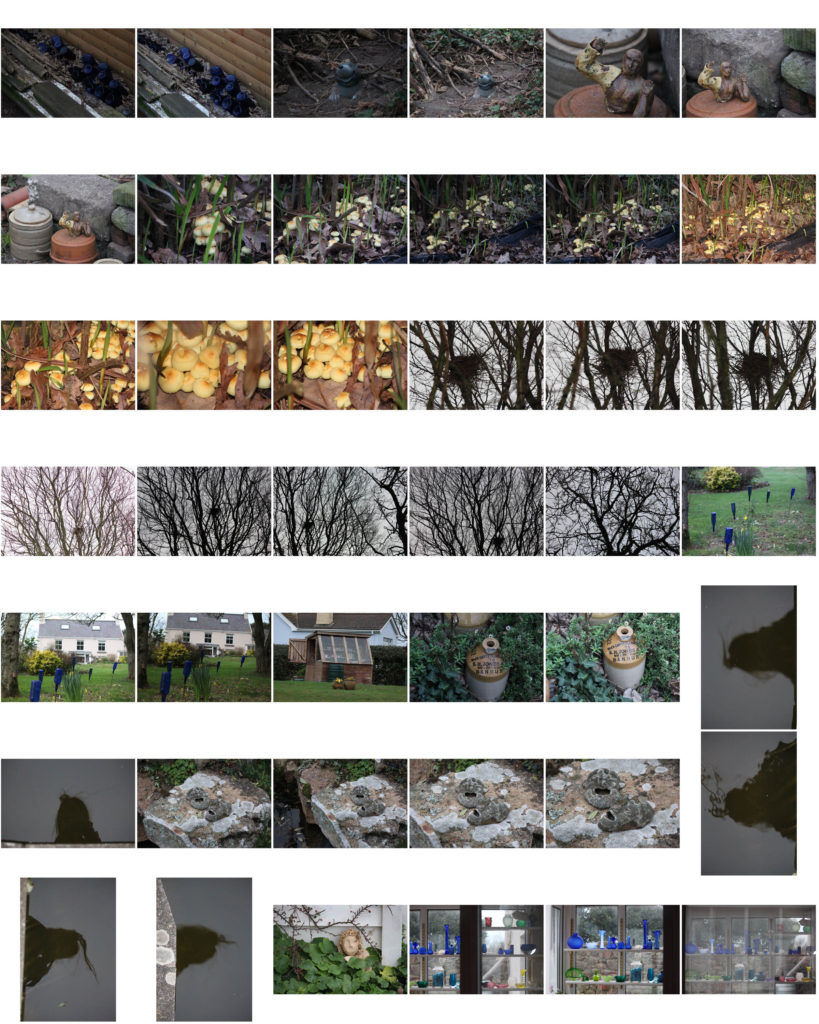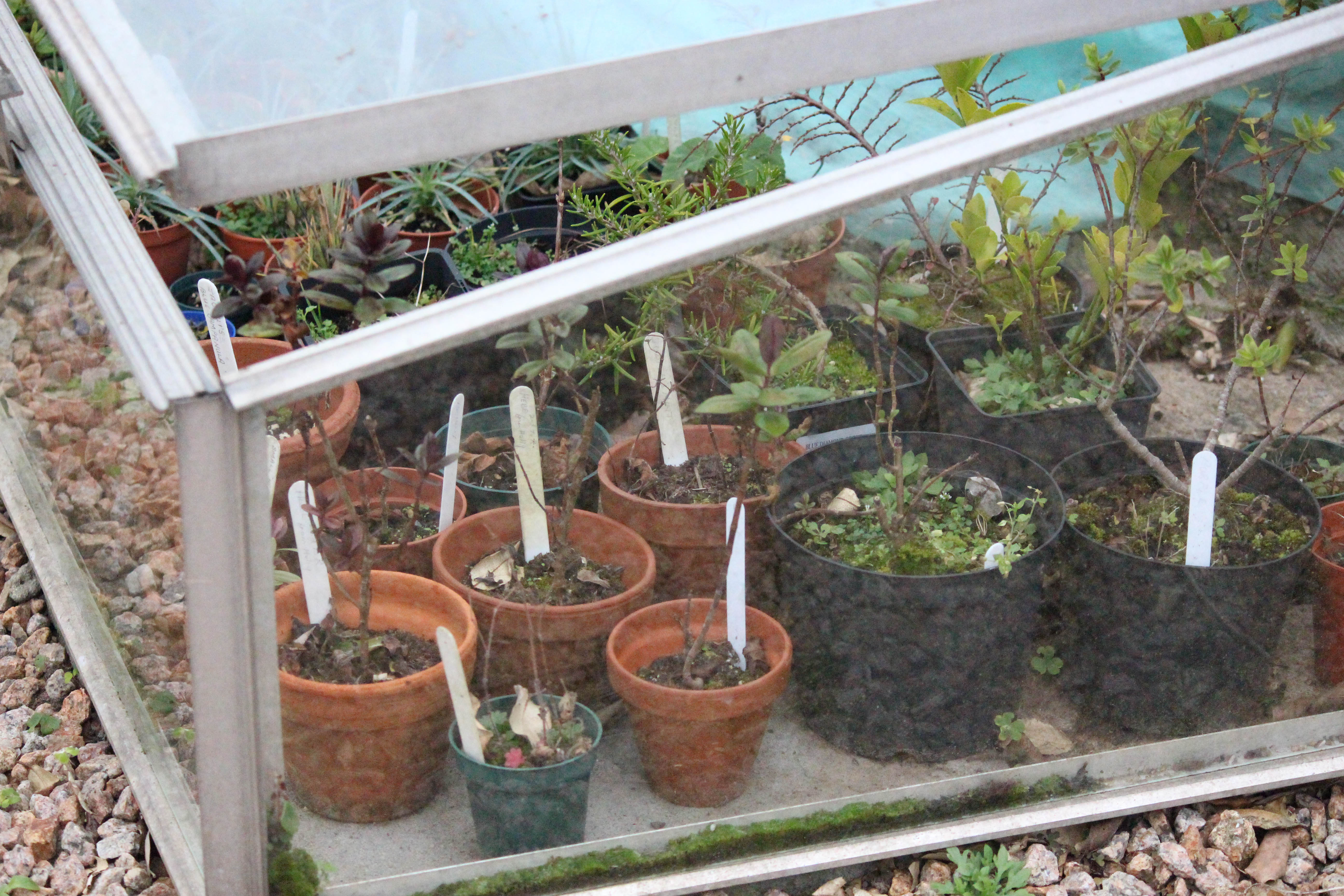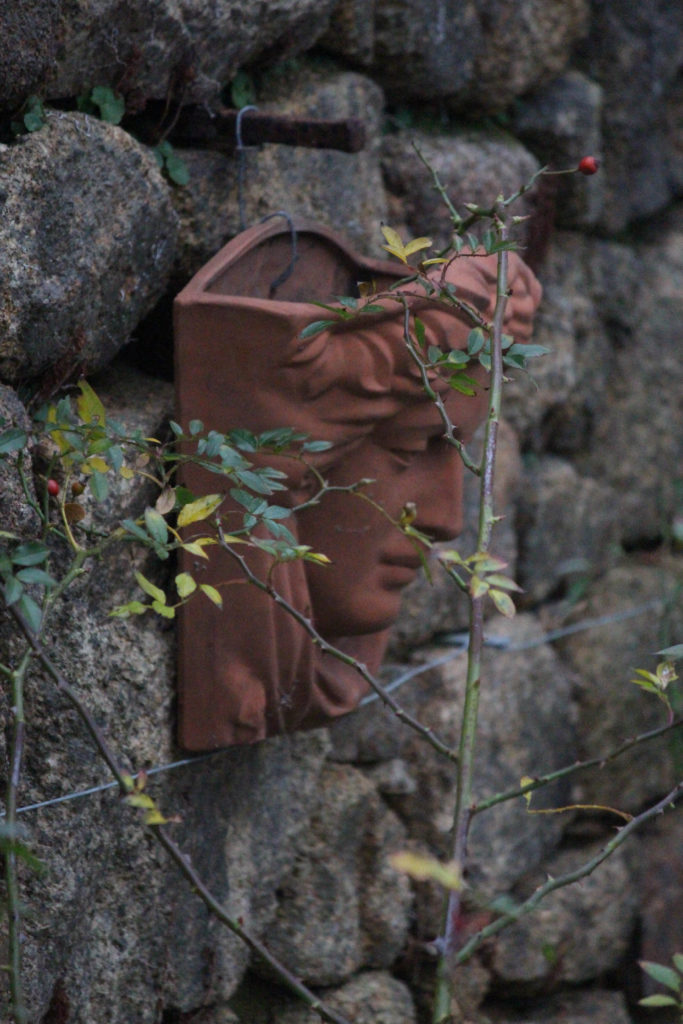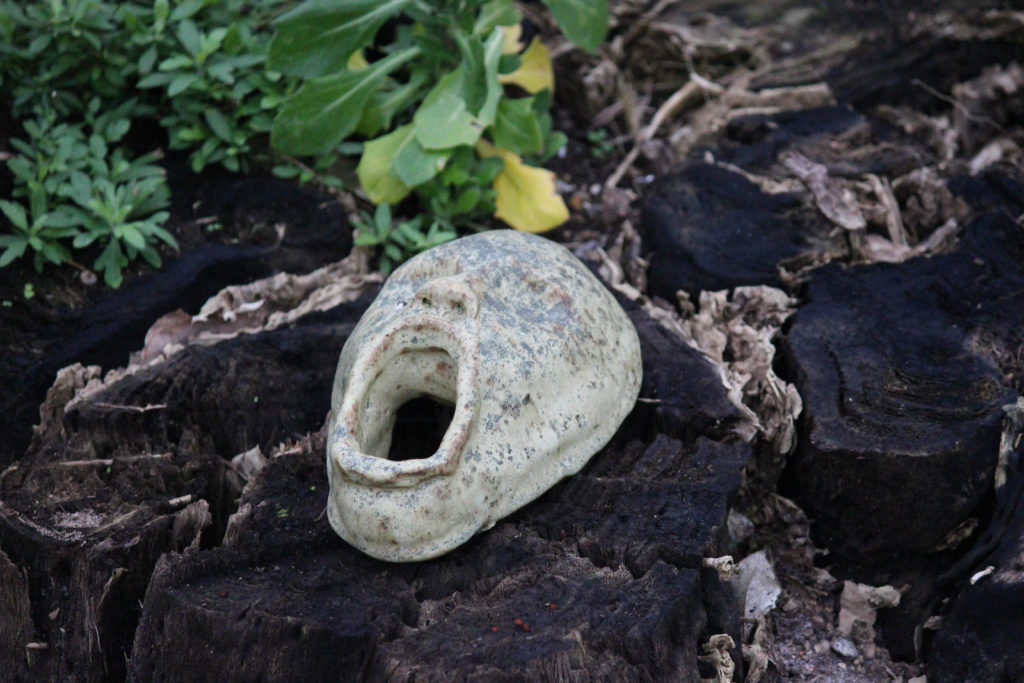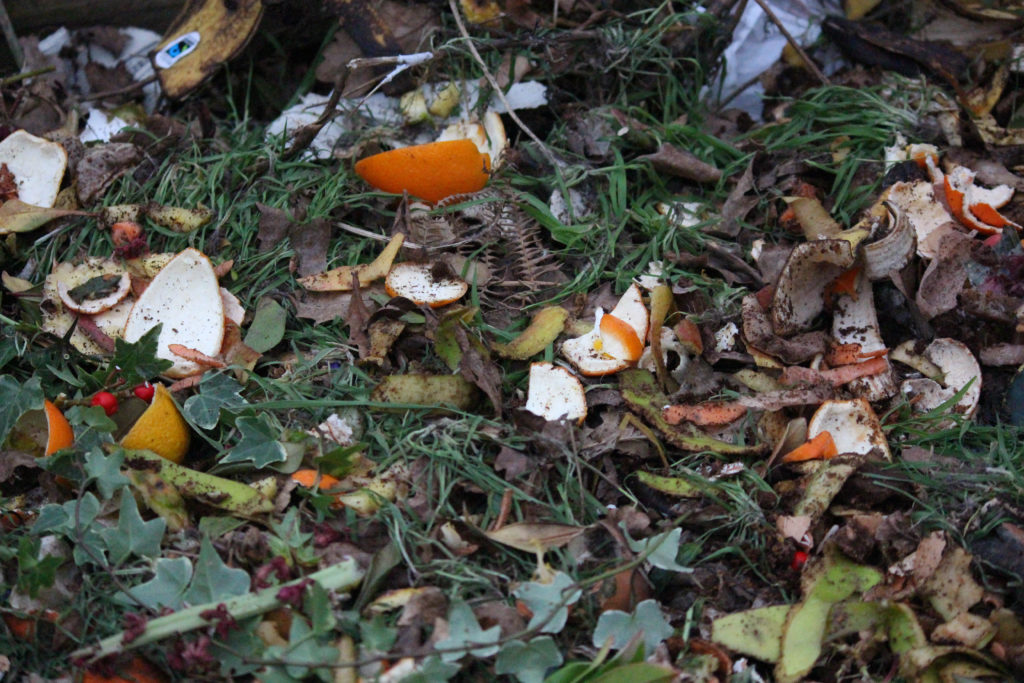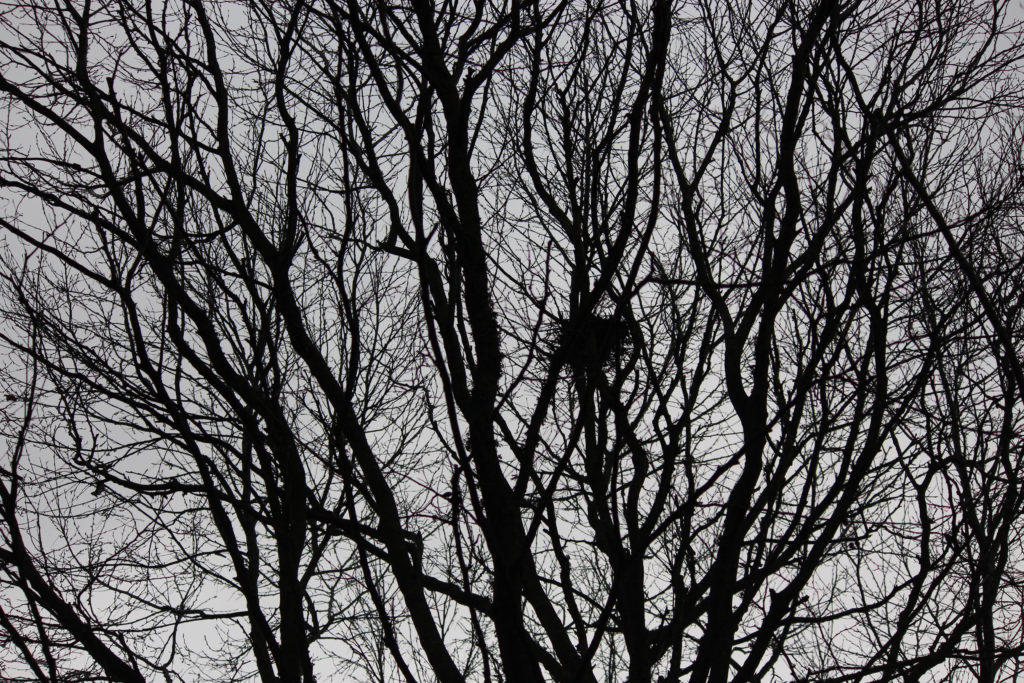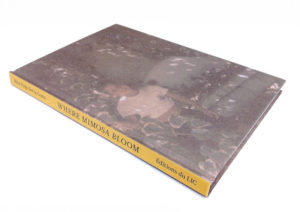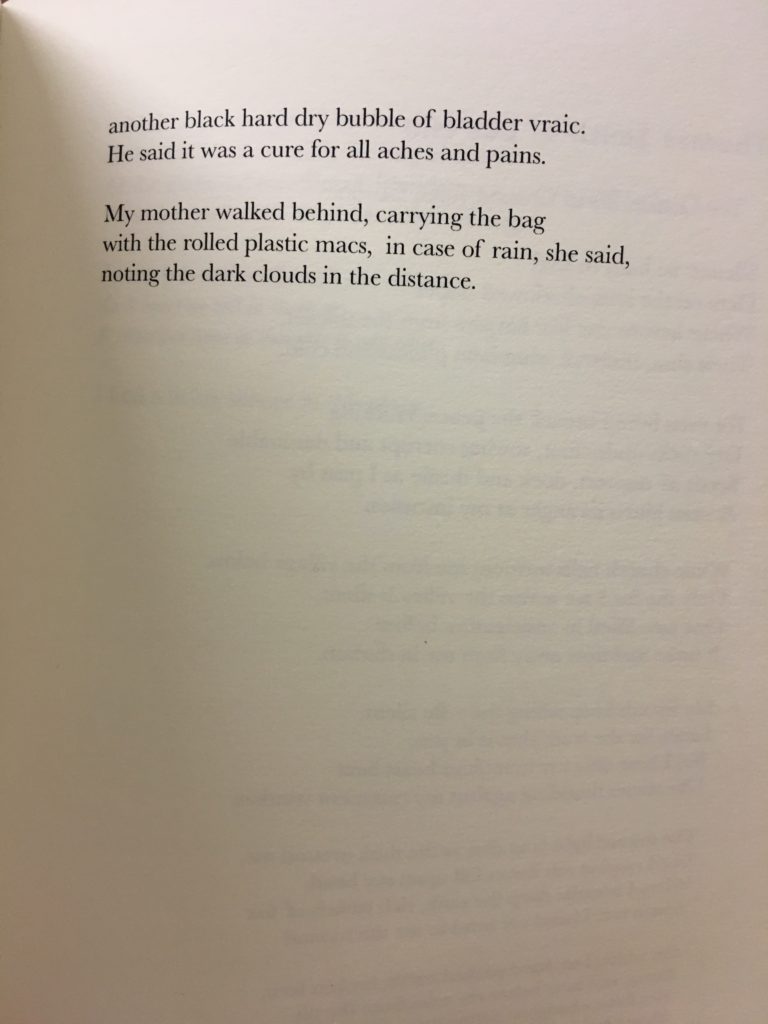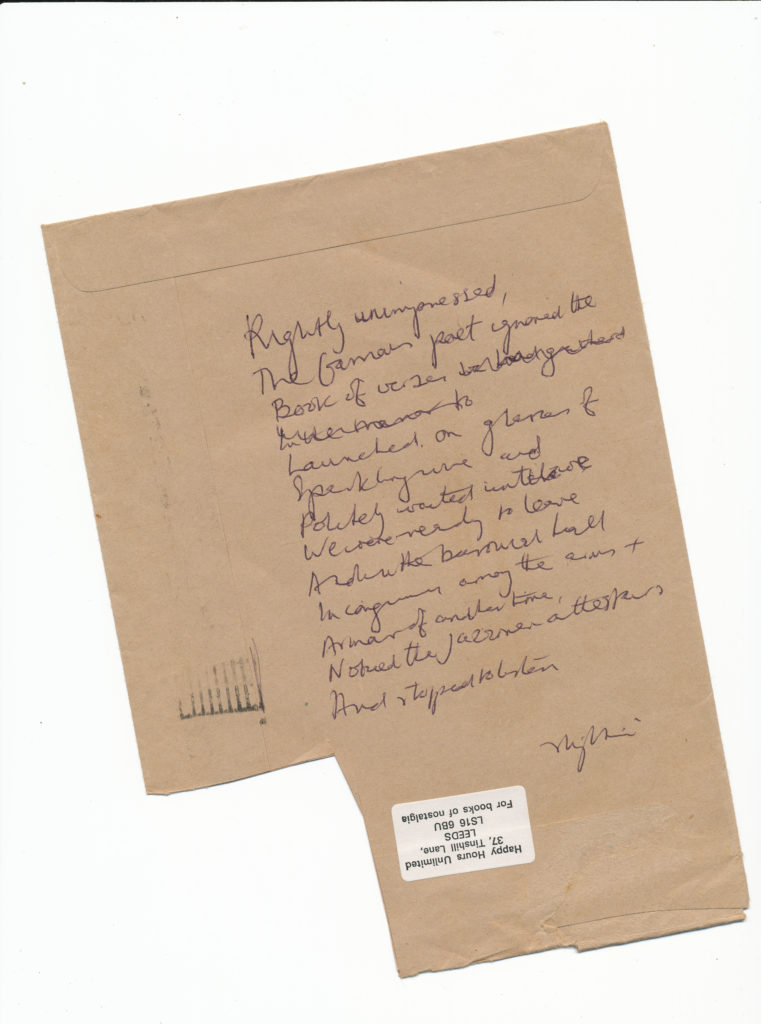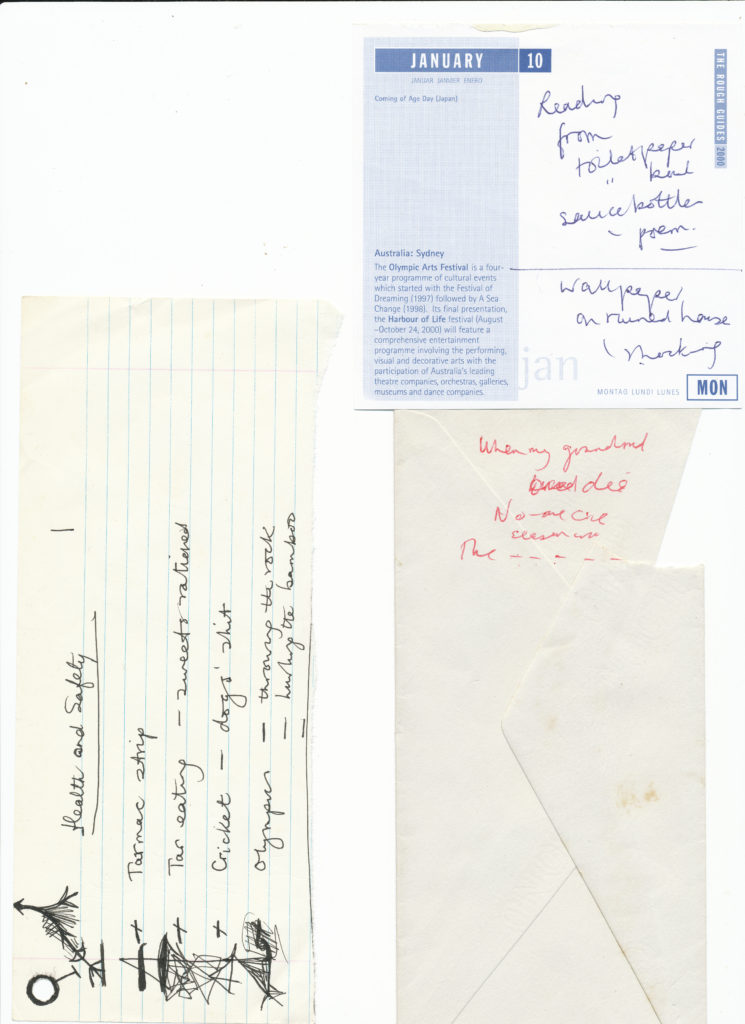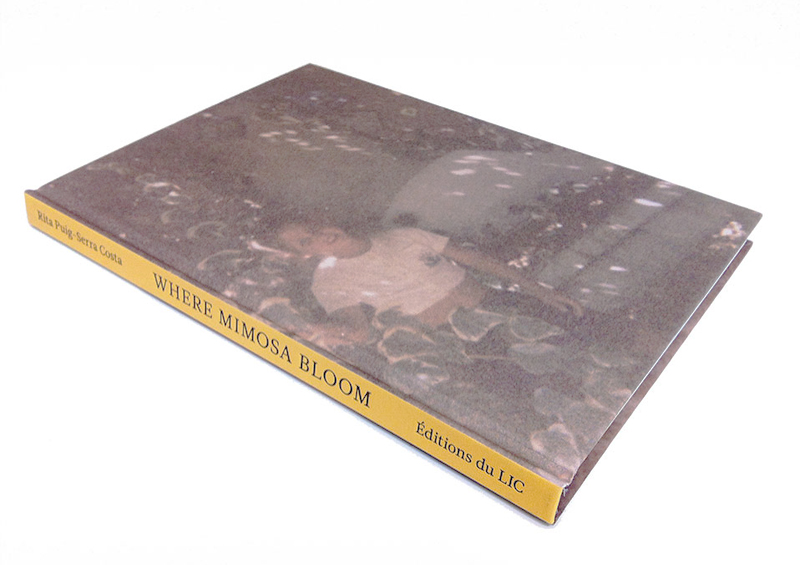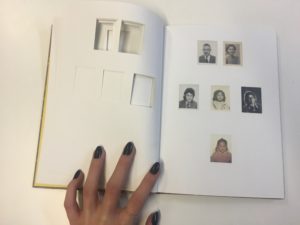In what way can the work of Lewis Bush and Clare Rae both be considered political?
In this essay I am going to explore the work of two completely different photographers and discuss how both of their works can be considered political. Clare Rae is an artist who explores performance and gesture with the use of gender, feminist theories and the female body. Lewis bush on the other hand is a photographer who works with facts, research and historic archives. By looking into how they incorporate their political perspectives into their art I want to compare and contrast how this can be done in so many different ways, through documentary or conceptual, I will also explore how their images can be perceived and viewed through different political opinions and perspectives to create completely new meaning.
Lewis Bush created a body of work named “Trading Zones” in 2018 whist staying in Jersey as the Archisle photographer in residence. As well as being a small, beautiful, scenic island, Jersey is also a huge finance centre where thousands of offshore jurisdictions locate. This method is used by many big companies to avoid tax and stamp duty which would otherwise be extreme and could effect the success of their businesses. In 2014 jersey held an estimated £92 billion for Uk property making it one of the biggest tax havens. But it not only recently that jersey has been used as a safe place to store money, a hoard dating back to the iron age was found in 2012 containing 70,000 coins and ancient jewellery. ‘Trading zones’ comments on various areas of Jersey’s relationship to finance, Lewis Bush has used information from campaign groups, mainstream sources and his own primary research to create his detailed library of work.
As we can see in the above photo, Lewis has used archival accounts such as bank notes to show the development of finance in the island. I think an interesting part of Lewis’ work is his landscapes, at first they just look like simple images showing a contrast between the built up finance buildings and the natural beauty of the island. But after reading the accompanying description I learnt that they were in fact the views out to see in the direction of significant onshore companies that relate and use the islands finance facilities. Jersey has been in the limelight in the last year due to a leak of paradise papers, documents relating to offshore investments. This has stirred up an active debate on whether it is ethical for the companies to legally avoid tax on such a large scale and avoid paying money to the government which is used for things such as health care and education. Lewis has also centred some of his work around the people including islanders that have contact with the finance industry. From protesters fighting against the development of the new finance centre to to people who work in the buildings
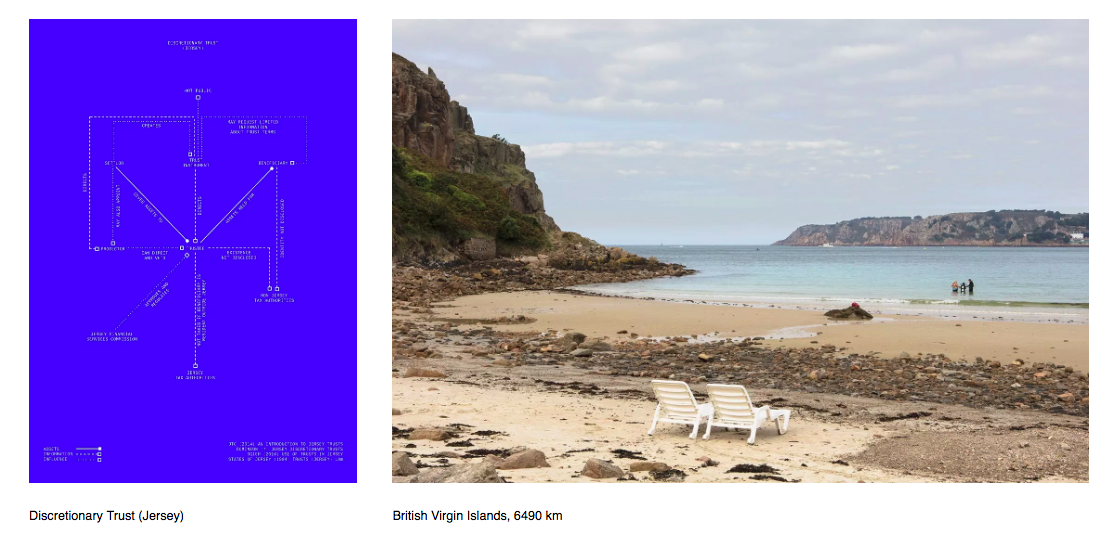
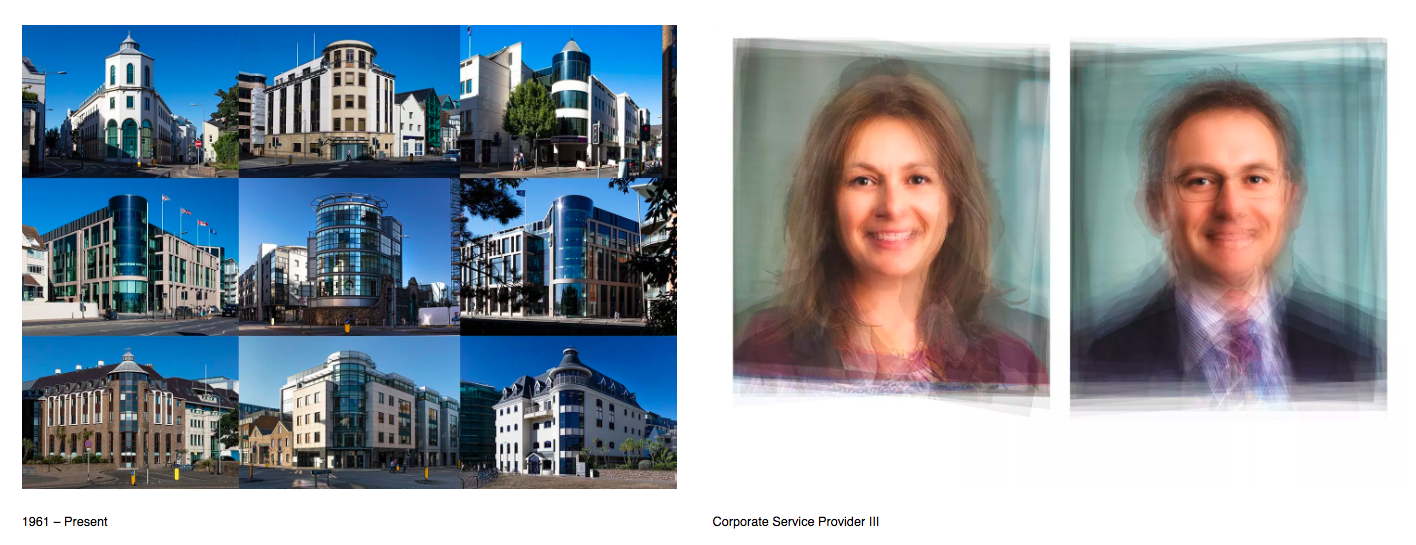
Clare Rea’s work from Entre Nous heavily influenced and inspired by the work of Claude Cahun, a French photographer in the early 20th century who’s work become popular due to the controversial subject of gender and sexuality explored in her work. Claude settled in jersey In 1937 and stayed in the island during the occupation where she continued to create activist artwork. She used her work to undermine authority which was not approved by the German forces occupying the island, who finally arrested Claude and sentenced her to death however the island was liberated before this happened. Clare has taken inspiration from Claude’s work in her own series of images ‘Like Cahun’s, my photographs depict my body in relation to place’ ‘They explore an idea of self within the immediate environment and were produced in collaboration with her lover, Marcel Moore.’ (Clare Rae, 2018, 1) In the gallery space she displayed her work n a very thought out format which reflects the political meaning behind the images. She got the rights to used copies of Claude’s work as an asset to her own work to show the similarities and and connections between them. The work was separated into two rooms with connecting doors allowing us to move freely from one to the other but also see the work standing alone. It was interesting to see how the work linked, for example Clare’s images taken near dolmens on the island, these are ancient burial grounds which have been preserved and are now on protected land. In the photos Clare is performing for the camera in this natural setting, the one bellow shows her wrapping her arms around the stone, this makes us question the way female bodies are represented through the use of the physical environment. This could link and contrast with modern culture and the media where woman’s bodies are often over sexualised and vied as a objects rather than people. politically women are making progress and receiving more equality everyday from gaining the vote in 1918 to justice for sexual assault victims in the me too movement which started in 2017.
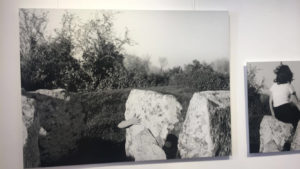
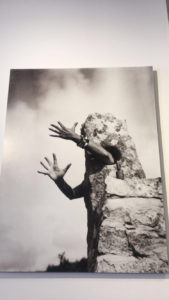
To conclude I think that the work of both lewis bush and Clare Rae can be considered political due to the modern and relevant issues they relate to. The economy and finance are in a way a taboo subjects which is often glossed over by artist because it can be perceived as boring however lewis bushes work shows us an alternative angle where politics and photography collide. Clare’s work can be seen as political due to the focus on gender and the feminism both of which are hot topics in politics and modern culture.
Bibliography:
http://www.lewisbush.com/trading-zones/
interview with Lewis Bush in online photography magazine ASX
http://www.clarerae.com/work/never-standing-on-two-feet
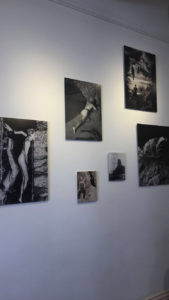
I have collected a variety of archival images which link to my Grandpa some from before I was born and others from in my lifetime. some of them have direct links to the poems others have more personal connections. I want to incorporate these photos along with the scans of poem notes to create context in the book. I also find these images of my grandpa very interesting because they are from before I was born, and for me give me a insight into his life before I knew him.
